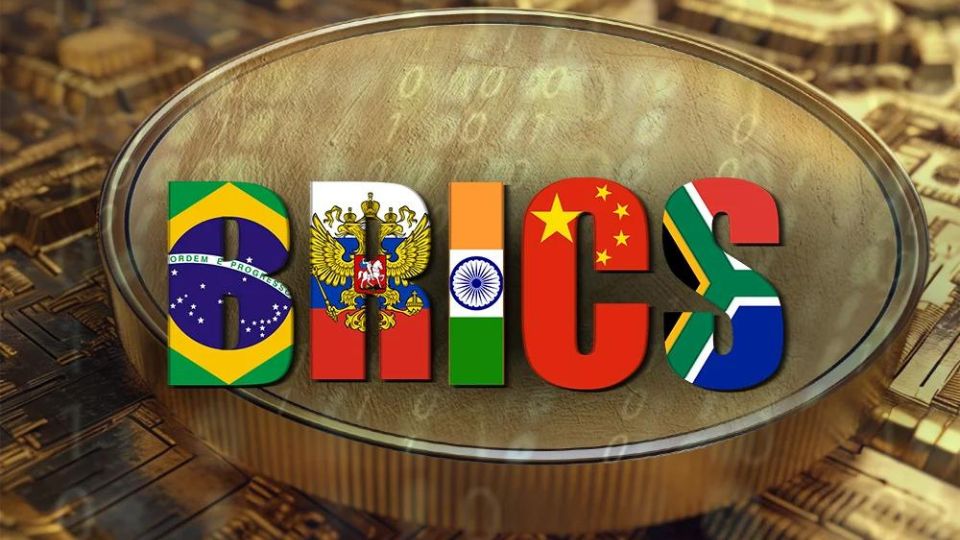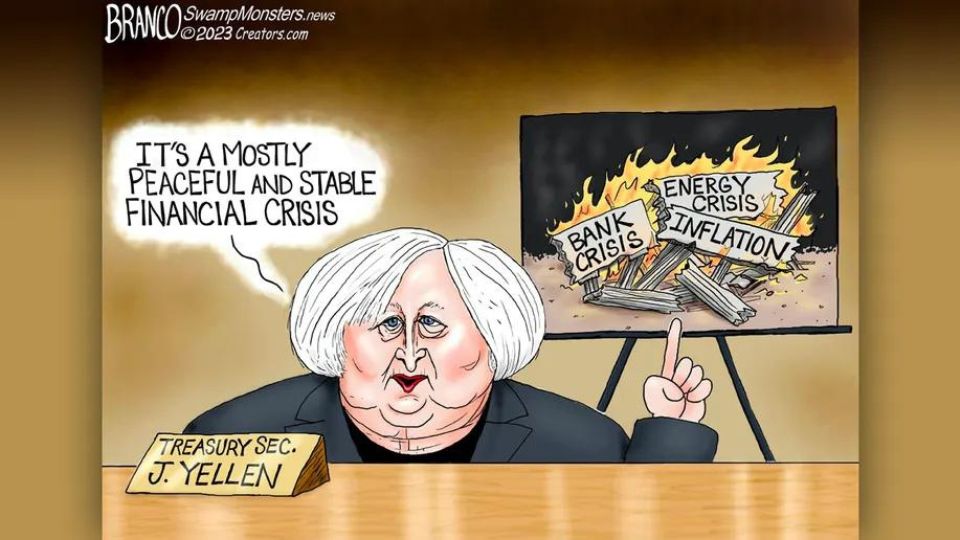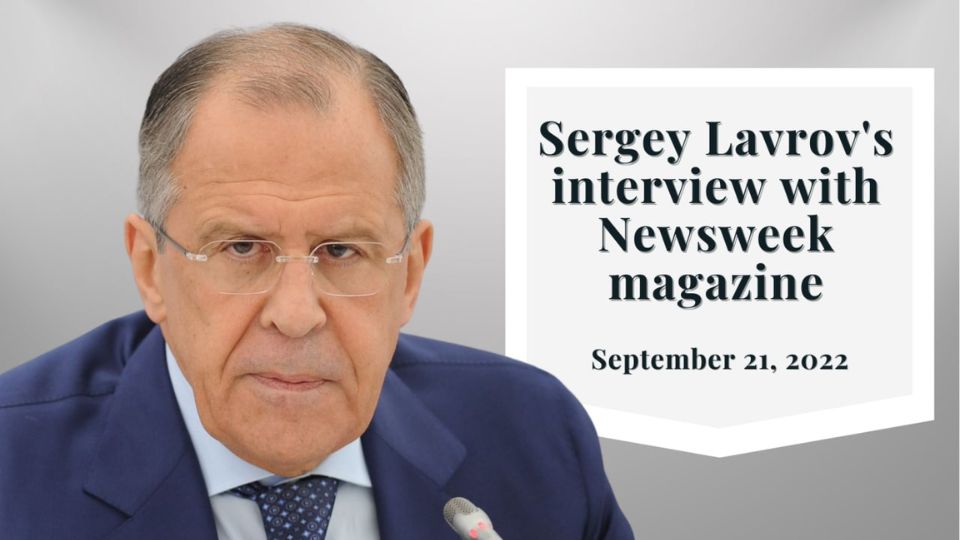My personal understanding is that what the BRICS countries have in mind is a system very similar to Keynes’s concept of an international central bank that had the power to create its own reserves by issuing its own currency similar to the “bancor” and what he tried to push through at Bretton Woods.
Of course, this didn’t happen as the US Treasury Secretary Harry Dexter White won out in the end with the actual system ending up being based on IMF coercion and the power of the US dollar. (He won with some serious help it seems from forces outside of the US).
The US of course agreed to maintain dollar convertibility into gold at $35 per ounce. This worked OK until it didn’t – I only wonder for a little more than 20 years when foreigners increasingly began to doubt the solvency of the US.
When the French rocked up to redeem hundreds of millions of US dollars in gold it was clear that the gold reserves were about to become seriously depleted. The IMF tried to counter by devising SDRs (Special Drawing Rights) which were effectively green-back style credits.
Then in 1971, the British tried to cash in their gold (it was one-third of the US gold reserve at the time) after incurring a huge trade deficit, but were promptly turned down by the IMF.
Nixon then closed the gold window permanently and history tells us that from that day on it was off to the races with the printing presses. The resultant global financial system used bank-created paper dollars as opposed to the hard backing of gold.
Professor Antal Fekete described this move as “the biggest act of bad faith in history”.
– and –
” It is disingenuous to say that in 1971 the US made the dollar “freely floating”. What the US did was nothing less than throw away the yardstick measuring value.
It is truly unbelievable that in our scientific day and age when the material and therapeutic well-being of billions of people depends on the increasing accuracy of measurement in physics and chemistry, dismal monetary science has been allowed to push the world into the dark ages by abolishing the possibility of accurate measurement of value.
There was no open debate of the wisdom, or lack of it, to run the economy without such a yardstick.”
Antal Fekete
… end quote…
The fact remains though that gold alone was a most inadequate yardstick because it fluctuated wildly and could be manipulated by speculators. This manipulation grew new legs with all manner of new financial instruments and chicanery as well as massive shorting used to suppress its true value and protect the dollar.
Under these circumstances, gold failed simply because there wasn’t enough of it. Debtors cashed in US dollars for gold, further draining the US reserves. As the global banker, it was utterly inevitable that the US would be drained of gold.
This is also a problem from the point of view that not only did the gold price fluctuate widely, at least in terms of currency – (in fact, in terms of goods it can buy, it is remarkably stable over millennia) – but it also could be traded as a currency meaning the banker would eventually be depleted.
As Irving Fisher pointed out…
“Some unit of value is needed that can stand as a lighthouse, resisting currency movements because it is independent of them. But what? The relationship between feet and meters is solid, but world trade ebbs and flows in a moving sea of current values.”
Irving Fisher
As so often is the case, history held the answer. During the US Revolution, when troops were paid with Continentals which wildly depreciated before they even got to spend them, the Massachusetts Bay legislature authorised the state to trade Continentals for treasury certificates valued in terms of the sale price of commodities. These commodities included:
- 5 bushels of corn
- 68 pounds of beef
- 10 pounds of sheep’s wool
- 16 pounds of sole leather
This is still eminently doable and the basket of currencies, and as Michael Rowbotham pointed out – “with today’s sophisticated trading data we could literally have a register of all globally traded commodities used to determine currency values”.
And as Ellen Brown wrote on page 439 in her magnificent book ‘Web of Debt’:
“An international trade unit could be established that consisted of a basket of commodities broad enough to be representative of national products and prices to withstand the manipulations of speculators.
This unit would include the price of gold and other commodities, but it would not actually be gold or any other commodity, and it would not be a currency. It would be a yardstick for pegging currencies and negotiating contracts.
A global unit for pegging value would allow the currencies to be exchanged across national borders at exact conversion rates, just as miles can be exactly converted into kilometres, and watches can be precisely set when crossing international date lines.
Exchange rates would not be fixed forever, but they would be fixed everywhere. Changes in exchange rates would reflect the national market for real goods and services, not the international market for currencies.
Like the Bretton Woods system that pegged currencies to gold, there would be no room for speculation or hedging. But the peg would be more stable, and because it would not trade as a currency itself, it would not be in danger of becoming scarce.”
Ellen Brown from ‘Web of Debt’
Tom Greco who wrote on this subject suggested that the basket include commodities with the following criteria:
- Traded in several relatively free markets
- Traded in relatively high volumes
- Be important in satisfying basic human needs
- Be relatively stable in price over time
- Be uniform in quality or subject to quality standards
Ellen Brown sums it all up beautifully:
“Currencies would no longer be traded as commodities fetching what the market would bear, and would no longer be vulnerable to speculative attack. They would just be coupons for units of value recognised globally, units stable enough that commercial traders could “bank” on them.
If labour and materials were cheaper in one country than another, it would be because they were more plentiful or accessible there, not because the country’s currency had been devalued by speculators.
The national currency would become what it should have been all along – a contract or promise to return value in goods or services of a certain worth, as measured against a universally recognised yardstick for determining value.”
Ellen Brown
… end quote…
As you can see I am no fan of seeing gold-only backing for the new BRIICS global trading instrument or national currencies. That system has been a proven repeated and dismal failure throughout history.
Perhaps it could work on a very temporary basis as an interim stop-gap whilst the new multi-commodity system is being fine-tuned and agreed upon by its member countries.
Cheers
Col
And the link to the discussion:




